![]()

The Enemy (1927)
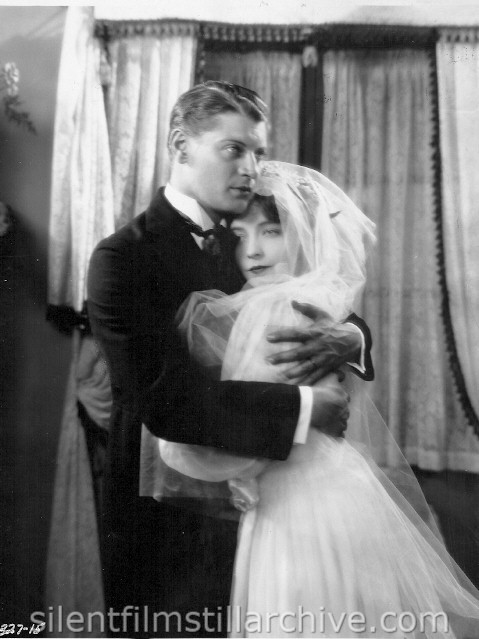
327-15 Caption: Lillian Gish and Ralph Forbes in a charming love sequence in Metro-Goldwyn-Mayer's "The Enemy".
Scene from a Metro-Goldwyn-Mayer Picture
Photographed by Milton Browne, Kindly Credit
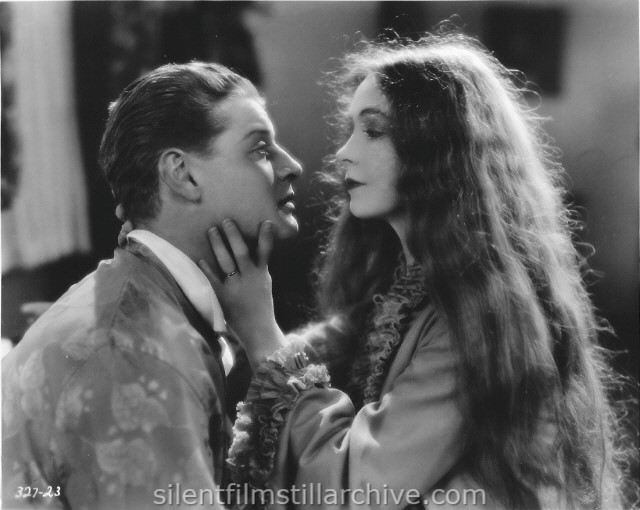
327-23 Ralph Forbes and Lillian Gish
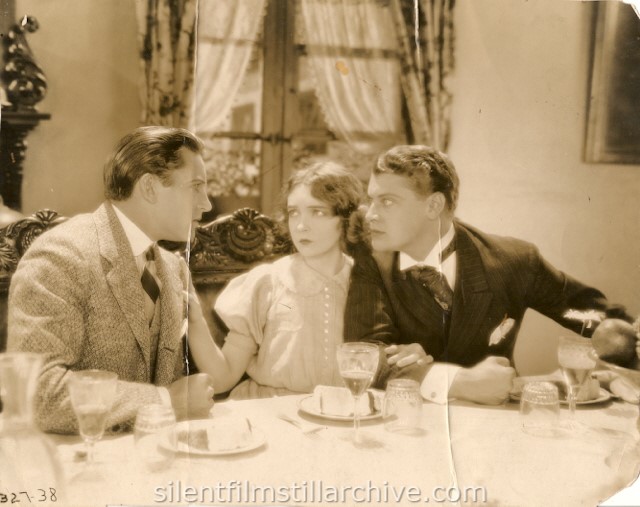
327-38 Ralph Emerson, Lillian Gish, Ralph Forbes
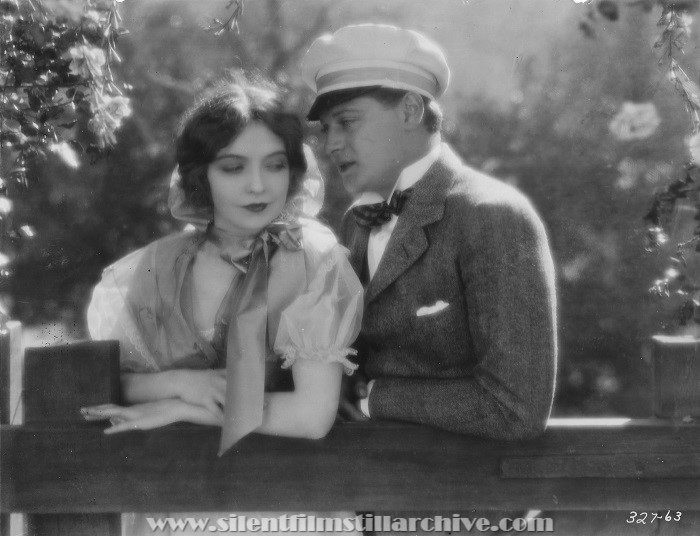
327-63 Lillian Gish and Ralph Forbes
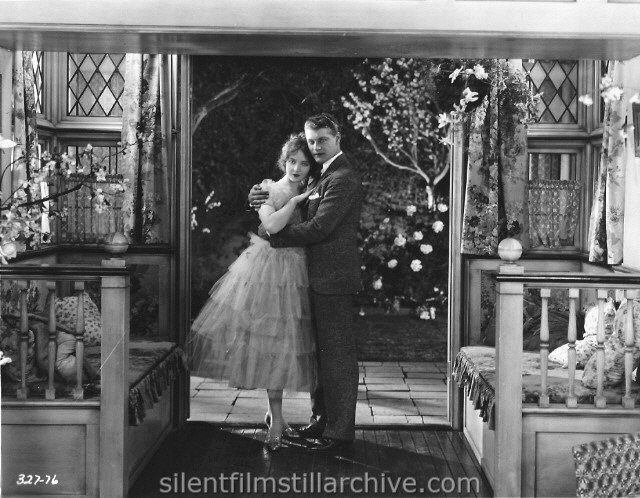
327-76 Lillian Gish and Ralph Forbes
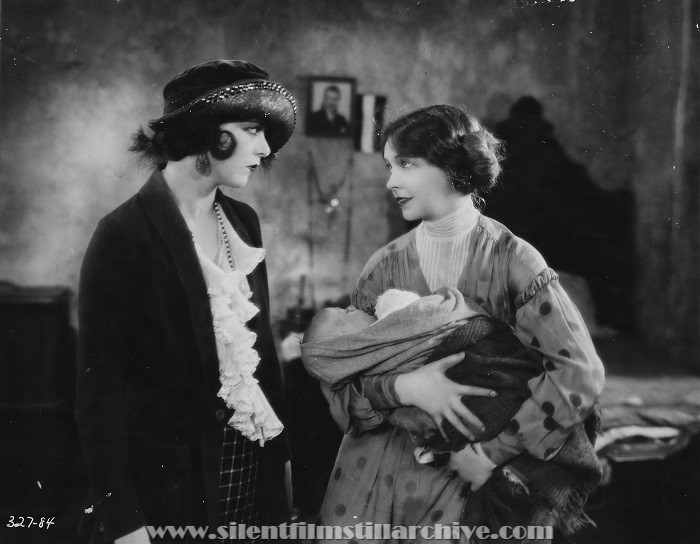
327-84 Fritzi Ridgeway and Lillian Gish
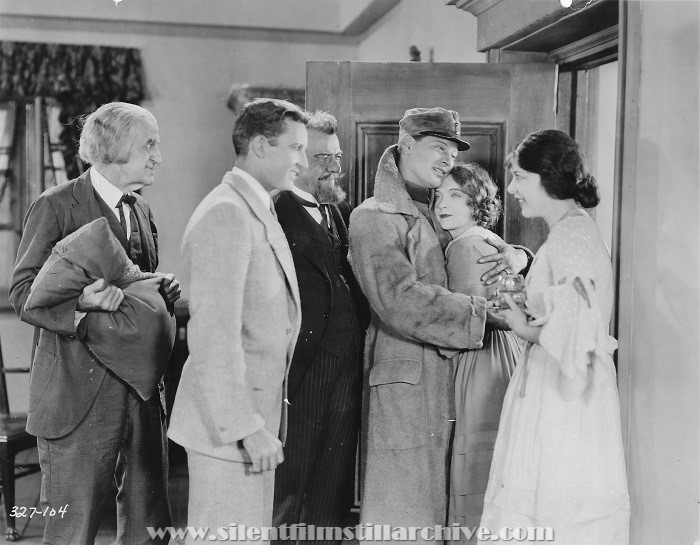
327-104 Frank Currier, Ralph Emerson, George Fawcett, Ralph Forbes, Lillian Gish, and Fritzi Ridgeway
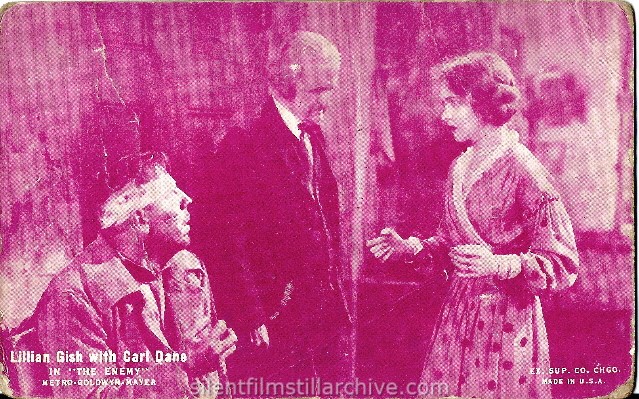
Lillian Gish with Carl Dane
in "THE ENEMY"
Metro-Goldwyn-Mayer
Ex. Sup. Co. Chco.
Made in U.S.A.
Karl Dane, Frank Currier and Lillian Gish
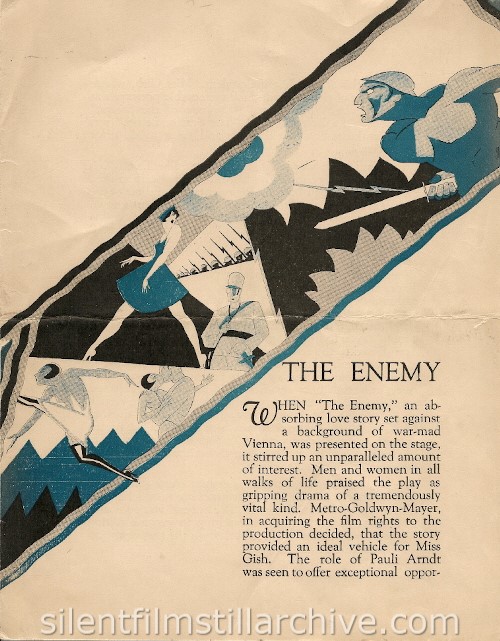
THE ENEMY
WHEN "The Enemy," an absorbing love story set against a background of war-mad Vienna, was presented on the stage, it stirred up an unparalleled amount of interest. Men and women in all walks of life praised the play as gripping drama of a tremendously vital kind. Metro-Goldwyn-Mayer, in acquiring the film rights to the production decided, that the story provided an ideal vehicle for Miss Gish. The role of Pauli Arndt was seen to offer exceptional opportunity
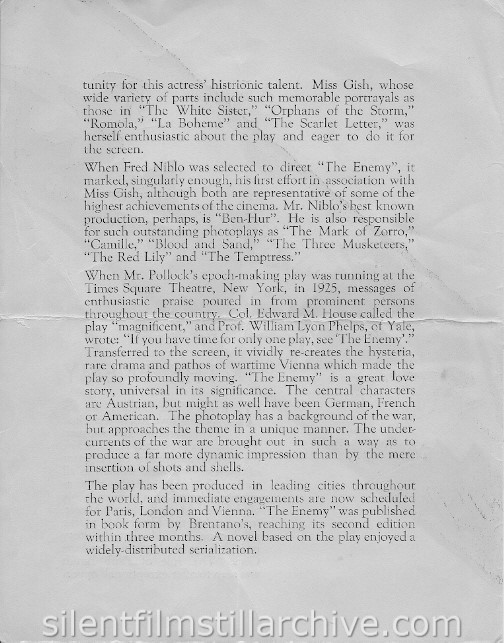
for this actress' histrionic talent. Miss Gish, whose wide variety of parts include such memorable portrayals as those in "The White Sister," "Orphans of the Storm," "Romola," "La Boeheme" and "The Scarlet Letter," was herself enthusiastic about the play and eager to do it for the screen.
When Fred Niblo was selected ot direct "The Enemy", it marked, singularly enough, his first effort in association with Miss Gish, although bother are representative of some of the highest achievements of the cinema. Mr. Niblo's best known production, perhaps, is "Ben-Hur" He is also responsible for such outstanding photoplays as "The Mark of Zorro," "Camille," "Blood and Sand," "The Three Musketeers," "The Red Lily" and "The Temptress."
When Mr. Pollock's epoch-making play was running at the Times Square Theatre, New York, in 1925, messages of enthusiastic praise poured in from prominent persons throughout the country. Col. Edward M. House called the play "magnificent," and Prof. William Lyon Phelps, of Yale, wrote: "If you have time for only one play, see 'The Enemy'." Transferred to the screen, it vividly re-creates the hysteria, rare drama and pathos of wartime Vienna which made the play so profoundly moving. "The Enemy" is a great love story, universal in its significance. The central characters are Austrian, but might as well have been German, French or American. The photo play has a backgroud of the war, but approaches the theme in a unique manner. The under-currents of the war are brought out in such a way as to produce a far more dynamic impression than by the mere insertion of shots and shells.
The play has been produced in leading cities throughout the world, and immediate engagements are now scheduled for Paris, London and Vienna. "The Enemy" was published in book form by Brentano's, reaching its second edition within three months. A novel based on the play enjoyed a widely-distributed serialization.
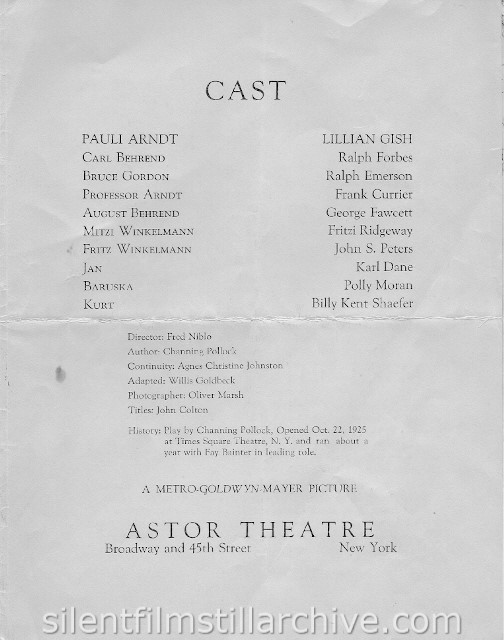
CAST
|
PAULI ARNDT |
LILLIAN GISH |
|
CARL BEHREND |
Ralph Forbes |
|
BRUCE GORDON |
Ralph Emerson |
|
PROFESSOR ARNDT |
Frank Currier |
|
AUGUST BEHRAND |
George Fawcett |
|
MITZI WINKELMANN |
Fritzi Ridgeway |
|
FRITZ WINKELMANN |
John. S. Peters |
|
JAN |
Karl Dane |
|
BARUSKA |
Polly Moran |
|
KURT |
Billy Kent Shaefer |
Director: Fred Niblo
Author: Channing Pollock
Continuity: Agnes Christine Johnston
Adapted: Willis Goldbeck
Photographer: Oliver Marsh
Titles: John Colton
History: Play by Channing Pollock, Opened Oct. 22, 1925 at Times Square Theatre, N. Y. and ran about a year with Fay Bainter in leading role.
A METRO-GOLDWYN-MAYER PICTURE
ASTOR THEATRE
Broadway and 45th Street New York
with Lillian Gish, Ralph Forbes and Karl Dane. Directed by Fred Niblo. MGM.
More Information on this film...
Books
Dorothy and Lillian Gish, by Lillian Gish, pp. 170-171.
The Astor Theatre at CinemaTreasures.com
Last Modified November 18, 2022



















